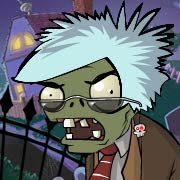Depending on the elements that bind together, there are differences between each atomic bond. Let’s use my rule about atoms wanting to look like noble gases.
 |
| Source: www.beechmontcrest.com |
What better way to learn this but with an example: Let’s take the Oxygen, as you see on your Periodic Table, oxygen has 6 electrons on the last Shell (if you don't know where to get this info check the link), therefore it needs 2 more electrons to look like Neon and would be looking for atoms that can share the 2 electrons with him, that could be 2 atoms with 1 electron to share like Hydrogen, this will produce WATER: (images are just a way to represent how atoms share electrons)
 |
| Source: www.bbc.co.uk/schools |
Or Calcium that has 2 electrons to share forming Calcium Oxide.

Depending on the Electronegativy of the Atoms involved on the bonding process, there are 2 types of Bonds:
- Covalent Bond: there are 2 types, the Pure and the Polar
Pure Covalent Bond: when the difference of the electronegativities of the atoms is between 0 and 0.3
Polar Covalent Bond: when the difference is in the range of 0.3 and 1.7
- Metallic Bond: This is more like a Pure Covalent Bond between 2 metal elements
- Ionic Bond: when the difference is more than 1.7


 Depending on the Electronegativy of the Atoms involved on the bonding process, there are 2 types of Bonds:
Depending on the Electronegativy of the Atoms involved on the bonding process, there are 2 types of Bonds: 





3 comments:
Enlightening! Thanks for the information!
Glad I found this! A level is really confusing, good to have a few helpful tips!
Ah basic chemistry bonds... Things I learned once and are remembered of here... =D
Post a Comment